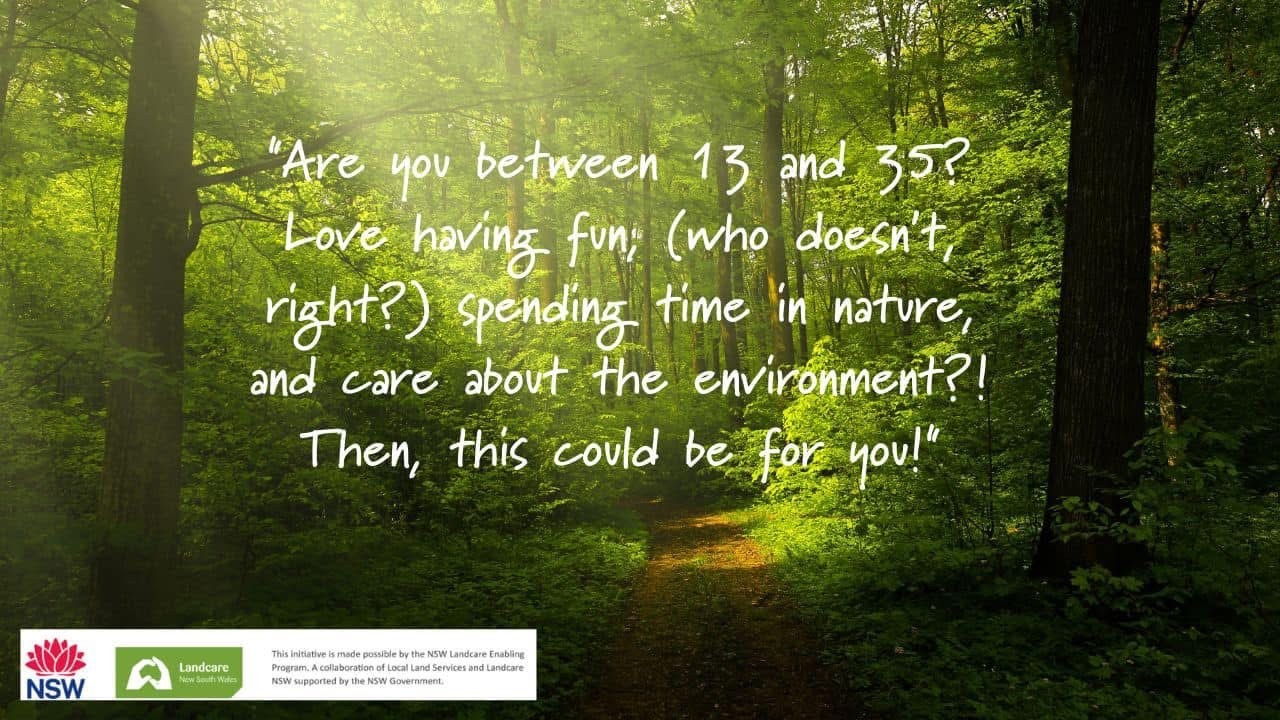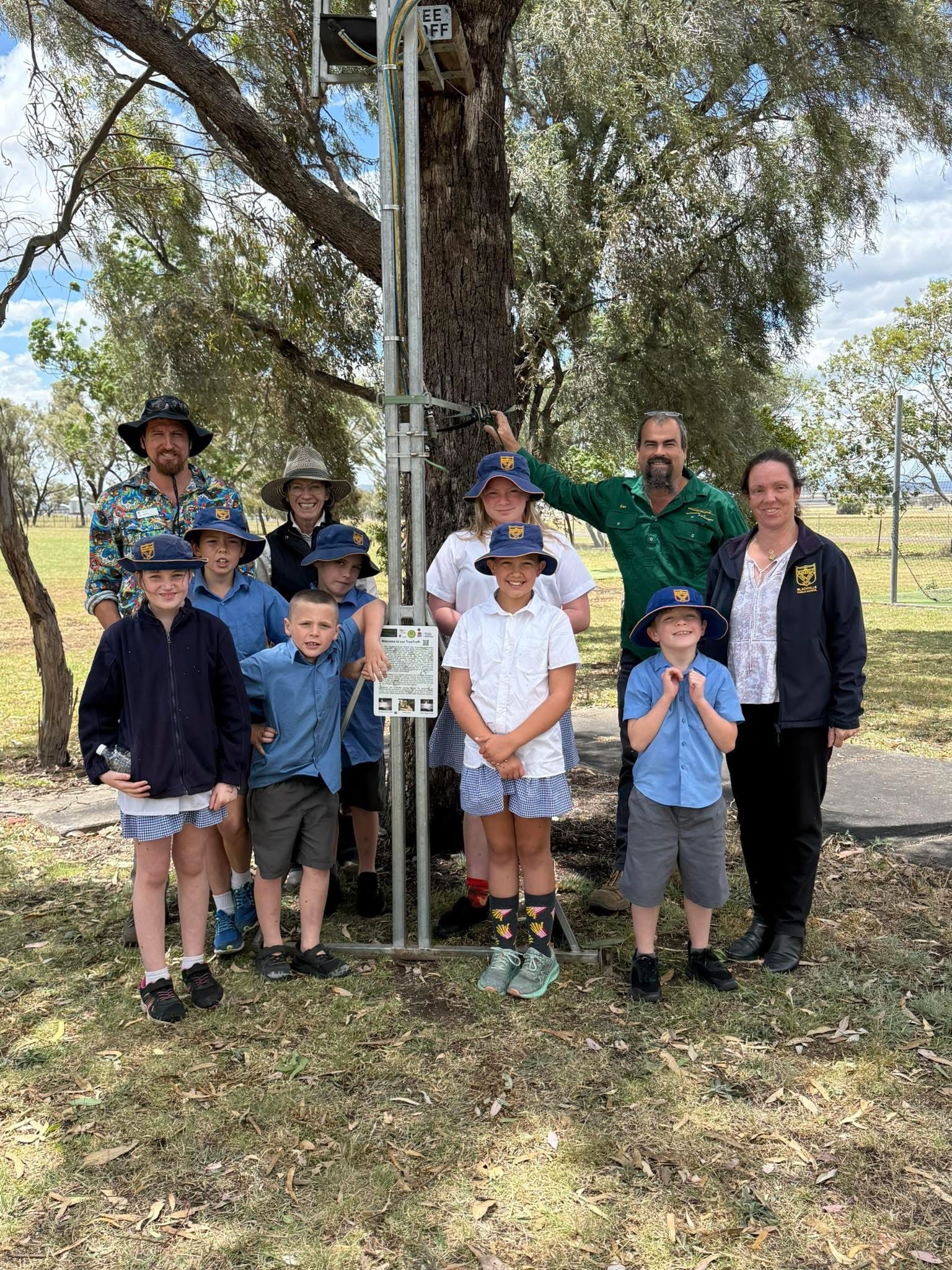Donate a tree
Donate a tree
Become a Member
Become a Member
Renew a Membership
Renew a Membership
Landcare
Nursery
Landcare
Nursery
Search
Search
Search
.jpg)
A reminder for Gomeroi Yinarr members and friend to join GYL for a warm Cuppa & Catch-Up on Saturday 21st December.
The catchups provide a gentle space to yarn, breathe out, reconnect, and share some end-of-year joy together.
Bring your stories, your laughter, your sisterhood — and we’ll bring the cuppas.
.jpg)
Join us for a guided bus trip to the Klori Travelling Stock Route near Somerton with ecologist David Carr from Stringybark Ecological. Explore a rare remnant grassy-box woodland rich in biodiversity and cultural heritage, and learn about the conservation value of these unique ecosystems. We’ll then visit the McVeigh family property, “Aytonlea,” Winton, where over 7,000 native trees and shrubs have been planted to create a thriving, biodiverse landscape. The day will conclude with lunch at Aytonlea and an opportunity to reflect on how thoughtful land management can balance conservation and productivity across our rural environments.

Come and join the fun!🤩
An exciting and innovative opportunity for environmentally conscious youth is on the horizon!
The Tamworth TRLA is establishing an INTREPID LANDCARE GROUP targeted at individuals ranging from their mid-teens to their mid-30s. We
encourage schools, school students, and interested individuals to contact us if this initiative piques your interest. What actions can
Intrepid Landcare take to empower you, young individuals, and communities to engage in meaningful activities? Enabling stuff that happens-
Intrepid Landcare Australia (https://intrepidlandcare.org/enabling-stuff-that-happens/)
Contact: Kate Spry
Email: kate@trla.orga.au
Ph: 0428 267 912
.jpg)
Community Takes Action on Common ‘Indian’ Myna Tamworth
If you’ve spent time around Tamworth’s Peel Street cafés, you’ve probably noticed the cheeky Indian Mynas darting between tables, snatching
crumbs, and leaving more than a little mess behind. While they might look harmless, these introduced birds are a serious pest — and local
community members are banding together to do something about it.

On Tuesday I (Liverpool Plains and Gunnedah Local Landcare Coordinator) had the great pleasure of joining the students and staff of Blackville Public School, and Wes Leedham and Carl Holmsby from the NSW DET Environmental Education Centre at Coonabarabran, to install a Tree Troff in the playground.

Did you miss the landcare conference? If so, You can now watch all the speaker presentation videos from the 2025 National Landcare Conference, and the 2025 National Landcare Awards event online. We have also published over 50 poster presentations that were on display at the conference.
Our members often say that when you become part of Landcare, you’re not just joining a group, you’re becoming part of a family. The concept is so compatible with Australian culture it’s hard not to get involved! By becoming a TRLA member, you’ll be supporting our work, learning new skills, becoming part of the solution, and helping to make a difference for the future.
Did you know (TRLA) run an Annual Small Grants program for Landcare activities connected to the Tamworth region.
Volunteer Landcare and Grassroots Community groups can apply up to $2,500 for activities that meet an objective of TRLA’s strategic plan with eight successful projects being awarded funds from across the region.